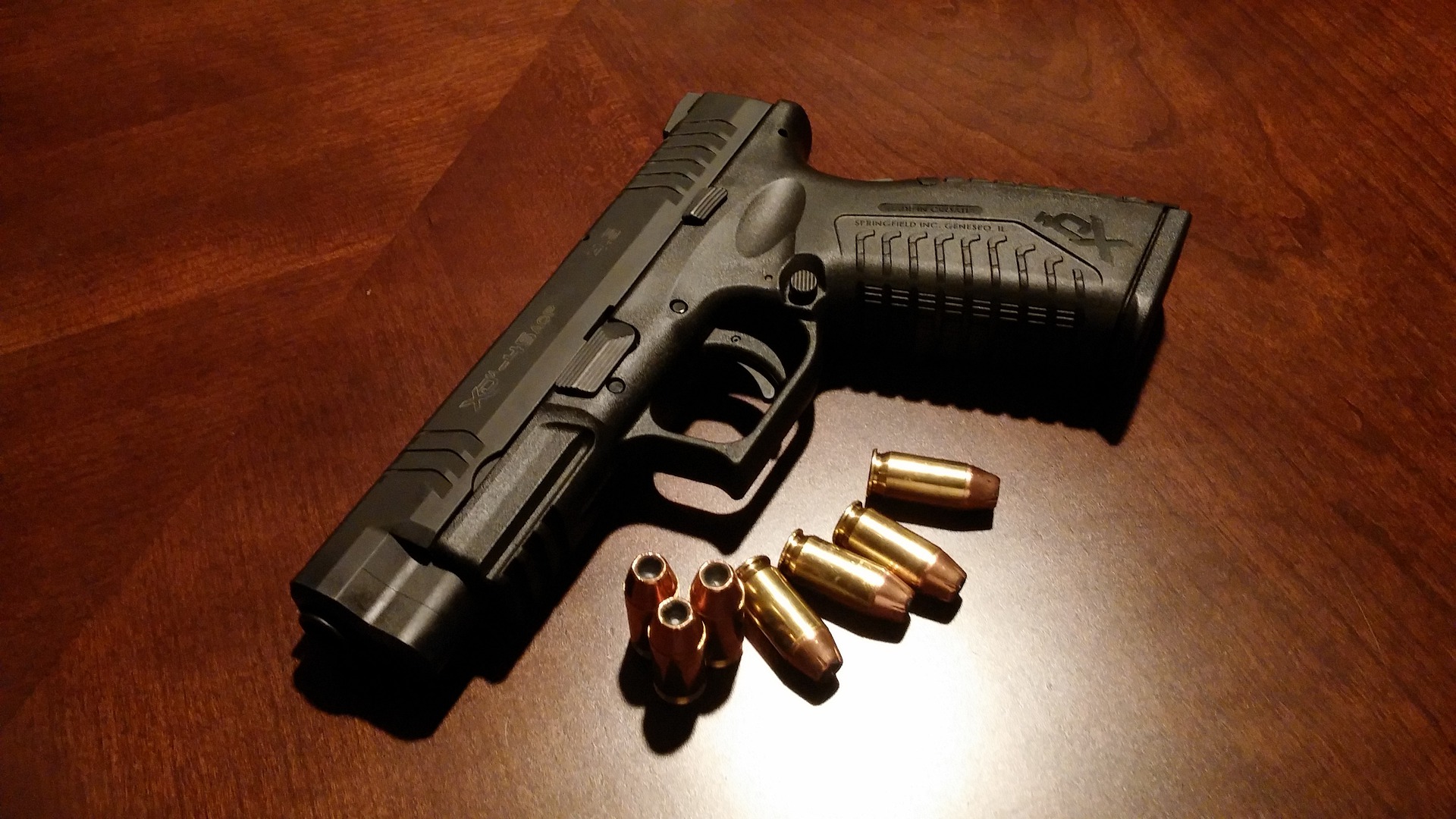In the wake of the tragic Uvalde and Buffalo shootings, California’s Governor and legislators got busy. Over a dozen gun related anti-crime bills are in circulation and a few have already been signed into law.
The new laws are: AB 1621, which requires serial numbers on firearms components and defines firearms components as firearms for the purposes of prosecution under California criminal codes. AB 2571 bans the advertising of firearms that is “attractive to minors”. Finally, the Governor has just signed AB 1594, allowing individuals, the attorney general, and local governments to sue gun manufacturers “for an act or omission in violation of the firearm industry standard of conduct”. AB 1594 is modeled on the recent Texas law allowing anyone involved in an abortion to be sued, essentially, by anyone else.
Good for making headlines – but bad for victims.
The legislative write up should say “…requires individuals…” to sue gun manufacturers and seek justice on their own as there is little in California’s progressive agenda to protect victims of crime – much less gun crime. California boasts the toughest gun ownership laws in America and yet, does little to hold gun criminals accountable despite increasing homicide and gun violence rates.
In addition, we can safely presume that all of California’s recent and pending legislation will be challenged by civil rights groups, citing Second Amendment violations.
This year, the Assembly Public Safety Committee attempted to reduce California’s firearms sentencing enhancements from an additional 10/20/25 years in prison to only 1/2/3 for possession, use, and causing injury or death respectively. It has stalled in the Appropriations Committee, but the chair of the Public Safety Committee has said they will bring a similar bill back before the legislature in the next session.
Put in the context of a mass shooting – the Assembly Public Safety Committee intends to allow someone caught in the act of planning and making an overt act towards the completion of a mass shooting prosecutable for no more than 1 additional year in prison. And that’s only if they have an actual weapon in their possession.
The Governor has signed legislation limiting the use of gang enhancements saying the enhancements unfairly target people of color forgetting that virtually all ethnic groups can find a criminal street gang suited to them. Upon his election Los Angeles District Attorney George Gascón banned the use of charging enhancements in his office, until several high-profile killings. He now reviews them on a case-by-case basis, which is something the rest of California’s district attorneys already do.
Under Prop 57, passed in 2016, criminal possession of a firearm is considered a “non-violent” offense making someone convicted of a firearm offense eligible for early release. In a recent survey, 40% of prison inmates report being armed during the commission of their crimes. Yet thousands of inmates have been released under Prop 57 guidelines. The result was a spike in homicides and shootings that began in 2019 and continues to this day.
Most firearms are obtained legally, yet the legislature has two bills focused on gun sales at the Del Mar and Ventura County fairgrounds and another at any other state owned facility.
While studies are showing that first person violent video games are not the inspiration for mass shooters – legislators have somehow made the connection that firearms advertising aimed at youthful buyers is the inspiration for mass shootings. Note: California already doesn’t allow anyone under 21 to buy a firearm.
The writer Jonah Goldberg once wrote about the TSA and its dismal success at preventing dangerous weapons on planes, calling the process “security theater.” California’s pending legislation and recent new laws feel much the same.
A recent book, The Violence Project: How to Stop a Mass Shooting Epidemic, written by Professor James Densley and Assistant Professor Jillian Peterson, studied 150 mass shooters and reached some consistencies that can be found on their website “The Violence Project”. According to their research “the most common background trait of mass shooters is a criminal record, at 65%, closely followed by a history of violence at 63%. Other common traits are employment troubles (51%), a history of trauma (42%), and domestic abuse (36%)” and that’s where legislation and resources need to be focused.
40% of prison inmates were armed during the commission of their crime and over 63% of mass shooters have histories of crime and violence it stands to reason that most mass shooters are already known to law enforcement. Yet, the legislative effort of the last ten years seems to be to not hold them accountable – before they escalate to a mass shooting – and certainly not to require or provide any substantive mental health services.
Mass shooters fall into two categories – criminality and violence and the mentally ill. It goes to follow that the focus and priority should be on strengthening the criminal justice system, enforcing firearm laws already enacted, and dramatically improving mental health services. I see nothing in the recent 2022 firearms legislation that addresses those issues.
Steve Smith is a senior fellow in urban studies at the Pacific Research Institute.

